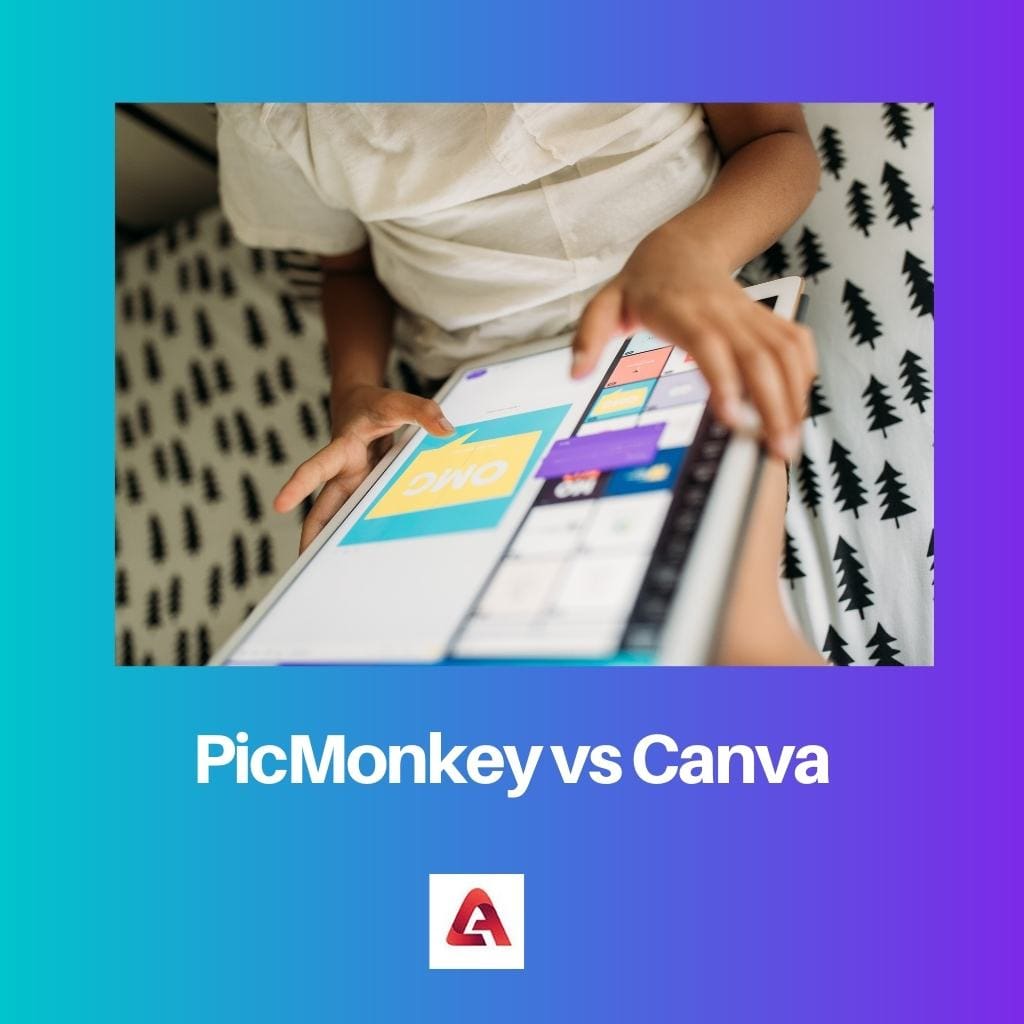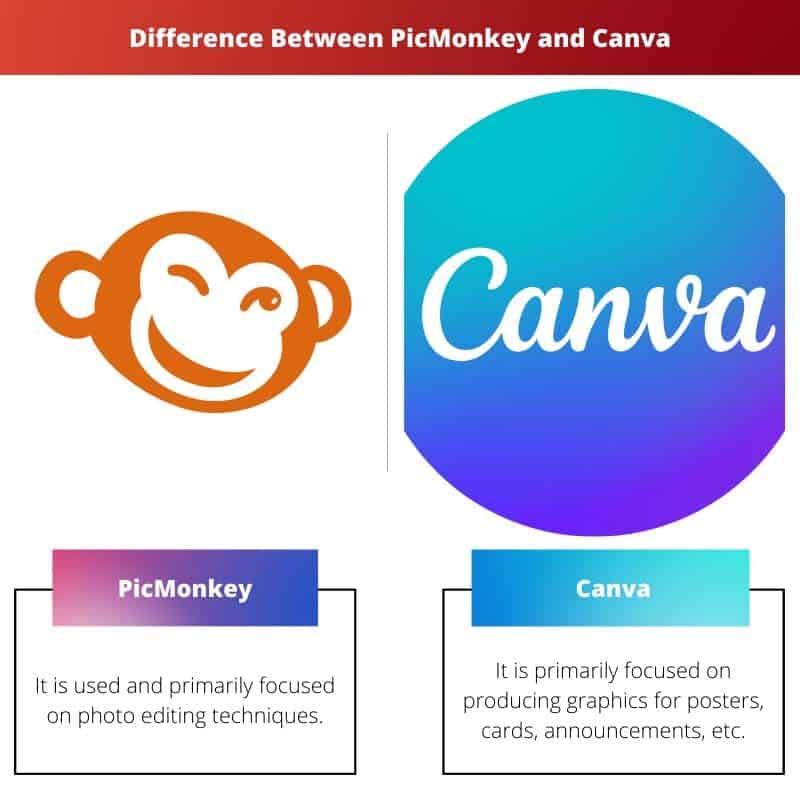Graphic designing has become one of the key requirements for organisations as it helps attract the customer’s or viewers’ attention on their respective social media platforms.
Not only firms but also several pages or people to look for persuasive visual content for their accounts.
We can create graphics for blogs, online or Television advertisements, social media, etc.
So to develop such creative graphics, many platforms are associated with it. And from them, two popular graphic designing platforms are PicMonkey and Canva.
Both of them serve quite a good service to their customers and equally give each other a neck-to-neck fight in the market.
But it is also crucial to know about their features and limitations to make the right choice.
Key Takeaways
- PicMonkey is a photo editing and graphic design tool focusing on individual images, while Canva is a graphic design platform for creating various visual content.
- Canva offers a wider range of templates, fonts, and design elements, while PicMonkey focuses more on image editing and manipulation.
- PicMonkey’s basic features are free, while Canva’s full range requires a subscription.
PicMonkey vs Canva
PicMonkey provides various photo editing features and tools and primarily focuses on editing. Canva provides a broader selection of design templates, graphics, and fonts; it also focuses on creating designs for various purposes, such as social media graphics, presentations, and marketing materials.

Comparison Table
| Parameters of Comparison | PicMonkey | Canva |
|---|---|---|
| Primary Focus | It is used and primarily focused on photo editing techniques. | It is primarily focused on producing graphics for posters, cards, announcements, etc. |
| Stock Photos | It has no stock photos available in its library. | It has stock photos available but with paid mode. |
| Image Format and Quality | It provides low, medium and high-quality images while downloading with PNG and JPEG formats. | It has no image quality setting while downloading but has three format options – PNG, JPG, and PDF. |
| Resize Image | It has no option to resize an image. | It gives the facility to resize the image but in a paid package. |
| Photo Editing | It gives its users an advanced level of photo editing tools and filters. | It gives a basic level of photo editing tools and filters. |
| Direct Share | It allows direct sharing on Facebook, Twitter, Flickr, Email, Pinterest and Tumblr. | It allows you to share on Facebook, Twitter, Instagram and Email directly. |
What is PicMonkey?
It is an online photo editing application that also provides graphic designing services that users can access via a mobile phone (through the application) and a laptop or PC (through a web browser).
Coming towards what it offers, PicMonkey has features that incorporate photo editing tools and graphic design.
It also has designed a template for invitation cards, business cards, announcements, etc.
Free users can access most of the features, whereas the premium members have full permission to access tools and features of the design and photo editing.
It also includes the sharing and saving images to social media handles like Facebook, Twitter and Email.
For downloading an image, it provides users with three options to choose the quality of the image – low, medium and high.

What is Canva?
It is associated with graphic designing that allows users to create business and invitation cards, flyers, posters, Facebook cover, and more.
Canva also has pre-designed templates to get ideas and use and customise them. It also has a gallery or library for stock photos available at a cost.
It can be accessed via a mobile application and a web browser with an interface that is quite simple and easy to navigate.
Canva is available in three plans – Free, Pro, and Enterprise – the last two plans are paid.
The picture quality it provides after downloading an image suits social media platforms.
Canva also has introduced a video editing feature on both web and mobile applications, which is quite simple with easy tool navigation.

Main Differences Between PicMonkey and Canva
- PicMonkey focuses more on photo editing, whereas Canva primarily focuses on graphics.
- PicMonkey does not provide its users with stock photos. Canva has a library that provides its users with stock photos.
- PicMonkey has image quality options of three-tier – low, medium and high. Canva has no such picture quality setting.
- PicMonkey images can be downloaded in JPEG and PNG formats. On the other hand, images or graphics made it designed in Canva can be downloaded in JPG, PNG and PDF format.
- PicMonkey does not provide the feature to resize an image. At the same time, Canva provides the feature to resize the image but only to paid package users.
- As PicMonkey focuses on photo editing, it has advanced tools and filters to edit pictures. But as Canva is more associated with graphics, it only has basic photo editing tools and filters.
- After downloading or completing one project, PicMonkey allows you to directly share it on Facebook, Twitter, Flickr, Email, Pinterest and Tumblr. At the same time, Canva allows direct sharing on Facebook, Twitter, Email and Instagram.






